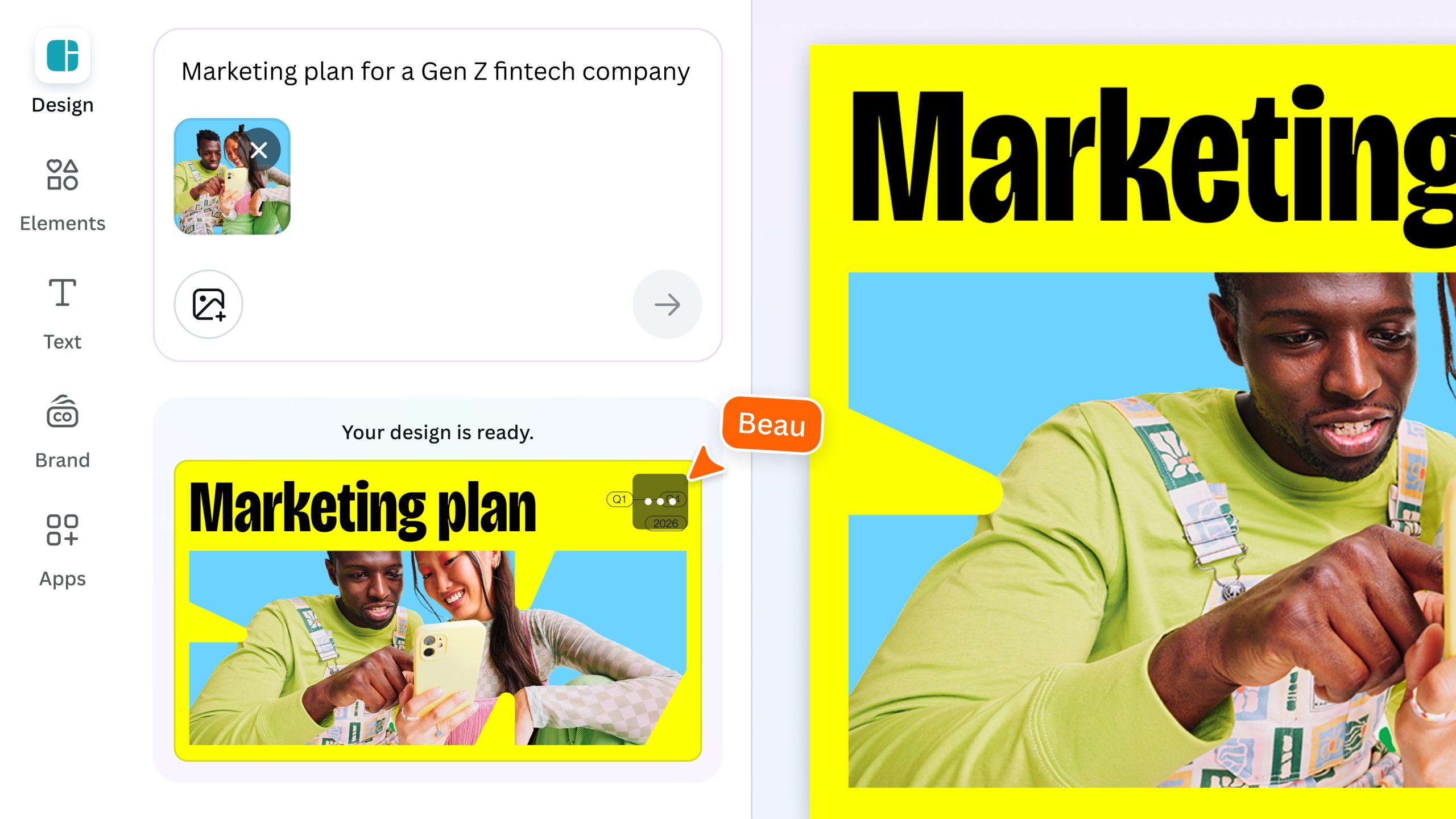
In a significant development poised to reshape the competitive landscape of online television, Fubo and Hulu Live TV have officially completed their much-anticipated business combination. This strategic alliance, finalized after months of industry speculation and regulatory review, creates a formidable new entity in the virtual multichannel video programming distributor (vMVPD) sector, signaling a pivotal moment for both consumers and content providers in the evolving streaming ecosystem.
The Genesis of a Streaming Revolution: Background and Context
The emergence of vMVPDs like Fubo and Hulu Live TV is rooted in the seismic shift away from traditional cable and satellite television subscriptions, a phenomenon widely known as "cord-cutting." For decades, cable companies held a near-monopoly on live television access, bundling hundreds of channels into often expensive and inflexible packages. As internet speeds improved and on-demand streaming services like Netflix gained traction in the late 2000s and early 2010s, consumers began seeking more agile and cost-effective alternatives.
vMVPDs, essentially internet-delivered versions of traditional cable bundles, offered a compelling solution. They promised leaner channel lineups, lower monthly fees, and the flexibility to subscribe and cancel without long-term contracts. Fubo, initially launched in 2015, carved out a distinct niche by focusing heavily on live sports, aiming to be the "Netflix of sports." Its early offerings emphasized soccer, eventually expanding to a wide array of professional and collegiate leagues across various sports. Hulu Live TV, introduced in 2017, took a broader approach, leveraging Hulu’s existing on-demand library and integrating live feeds from major broadcast and cable networks, positioning itself as a more comprehensive, cable-replacement service, especially attractive within the broader Disney streaming bundle that includes Disney+ and ESPN+.
The Path to Consolidation: A Timeline of Strategic Moves
Discussions surrounding a potential combination between Fubo and Hulu Live TV gained significant traction earlier this year, sparking considerable buzz among industry analysts and consumers alike. The rationale behind such a move was clear: achieving scale in an increasingly crowded and capital-intensive market. Securing content rights, particularly for live sports, has become prohibitively expensive, making subscriber growth and operational efficiency paramount for profitability.
The formal announcement of the completion of their agreement came on Wednesday, following a crucial approval from Fubo shareholders last month. This shareholder endorsement was a critical step, signifying investor confidence in the strategic merits and long-term potential of the combined enterprise. Prior to this, the transaction underwent rigorous scrutiny from the Justice Department’s Antitrust Division. Given the scale of the two companies and the potential impact on market concentration, regulatory clearance was a non-negotiable prerequisite. Sources close to the deal indicated that both Disney, which has a significant stake in Hulu Live TV, and Fubo diligently addressed any competitive concerns, ultimately securing the necessary approvals to proceed. This clearance underscores the regulators’ assessment that, despite reducing the number of independent streaming players, the market remains sufficiently competitive to prevent undue harm to consumers.
Financially, the structure of the deal sees Disney emerging as the majority stakeholder, holding approximately a 70% interest in the newly combined company. Existing Fubo shareholders will retain the remaining 30%. This arrangement not only provides Disney with a controlling stake in a significantly larger vMVPD player but also injects crucial capital into the venture. As part of the transaction, Disney has committed to providing the combined company with access to a $145 million term loan in 2026, further solidifying the financial foundation for future growth and content acquisitions.
Unlocking Synergies: Content, Options, and Consumer Benefits
The primary appeal of this combination lies in the powerful synergy it creates by merging Fubo’s renowned sports-centric platform with Hulu’s extensive entertainment library. This integration promises a highly compelling value proposition for a diverse range of subscribers. For avid sports enthusiasts, the platform is set to offer an impressive lineup of over 55,000 live sporting events annually, encompassing everything from major league competitions to niche sports. This robust sports offering, which has been Fubo’s historical strength, is now complemented by a substantial collection of popular shows, movies, and on-demand content previously exclusive to Hulu subscribers. Conversely, Hulu Live TV customers will gain access to Fubo’s deep sports coverage, enhancing their live TV experience.
Beyond content, the merger aims to address a critical consumer demand: flexibility and choice. The companies plan to introduce a variety of plan options designed to cater to different preferences and budgets. This includes "skinny" bundles, offering a more streamlined selection of channels at a lower price point for cost-conscious viewers, alongside more "robust" offerings that provide a comprehensive suite of channels for those desiring a full entertainment experience. The stated goal is to offer these plans at prices considered competitive within the increasingly crowded streaming market, a crucial factor as consumers continue to grapple with rising subscription costs across multiple services.
Interestingly, despite the combination, both Fubo and Hulu Live TV will maintain their distinct presences, at least for the foreseeable future. Fubo will continue to operate its dedicated app, preserving its brand identity and user experience. Similarly, Hulu Live TV will remain an integral part of the broader Hulu platform, included in Disney’s popular streaming bundle that also features Disney+ and ESPN Unlimited. This strategic decision suggests a phased integration approach, allowing existing subscribers to continue using their preferred interfaces while the companies explore optimal long-term platform unification strategies. It also enables Disney to maintain its powerful bundled offering, a key competitive advantage.
Reshaping the Streaming Landscape: Market Impact and Future Outlook
The immediate impact of this combination is undeniable: the new entity instantly becomes the sixth-largest Pay TV provider in the U.S., commanding a subscriber base of nearly 6 million. This significantly elevates its stature, positioning it in direct competition with industry leader YouTube TV, which currently boasts approximately 10 million subscribers. Other key players in the vMVPD space, such as Sling TV and DirecTV Stream, will undoubtedly feel the increased pressure from this consolidated powerhouse.
This merger is not an isolated incident but rather a symptom of a broader trend of consolidation sweeping across the streaming industry. The market, initially fragmented with numerous independent players, is maturing. Companies are realizing that scale is essential to absorb escalating content acquisition costs, particularly for premium live sports and original programming. Subscriber acquisition costs are high, and retaining customers in a market rife with options requires a compelling and differentiated offering. Industry analysts suggest this move reflects a strategic imperative for companies to expand their reach, enhance their content libraries, and achieve greater operational efficiencies to improve profitability in a challenging economic environment.
The recent reports concerning Paramount’s interest in acquiring Warner Bros. Discovery and the potential merger of HBO Max content into Paramount+ further underscore this trend. Such moves are driven by the desire to create larger, more diversified streaming portfolios that can better compete with established giants and offer consumers a more comprehensive "one-stop shop" for their entertainment needs.
Looking ahead, the combined Fubo and Hulu Live TV entity faces both considerable opportunities and challenges. Opportunities include leveraging cross-promotional capabilities, developing enhanced bundled subscriptions that appeal to a wider demographic, and optimizing advertising revenue streams through a larger, more diverse audience base. Challenges, however, persist. Managing potential subscriber churn, especially as pricing strategies evolve, integrating two distinct corporate cultures, and continuously innovating the user experience will be critical. The long-term success will hinge on their ability to seamlessly blend their strengths, deliver consistent value, and adapt to the ever-changing demands of the digital television consumer.
Ultimately, this combination signifies a significant evolution in how Americans consume live television. It reinforces the notion that the future of TV is increasingly digital, flexible, and driven by diverse content offerings. As the streaming wars continue to intensify, strategic alliances like this are likely to become more common, fundamentally reshaping the competitive dynamics and offering consumers new, albeit complex, choices for their entertainment.



